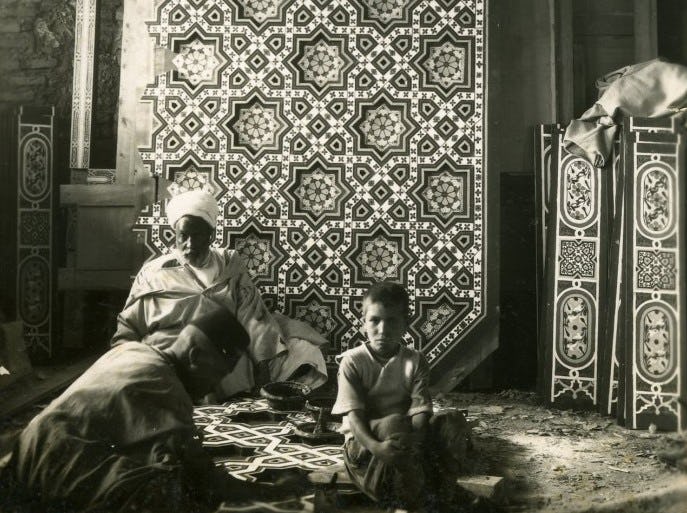Colored Glass Tea Cup Holder with Floral Motifs
Date19th century
MediumColored glass, silver, copper alloy
ClassificationsGlass
Object number46.6
DescriptionThe history of tea in India reflects the country’s colonial past as well as local ingenuity and adaptation. In the 1800s, tea mania swept into India following the discovery that the plant could flourish in parts of India, including Assam. However, the beverage was not popular locally, enjoyed primarily by the British in India and the Indian elite. Although marketing campaigns and demonstrations attempted to brand tea as a local product in the early 20th century, it took until the last two-thirds of the 20th century for tea-drinking to take hold. The beverage was gradually adapted to local tastes, mixed (or replaced) with milk and rich spices, such as cardamom, cinnamon, and ginger. Chai eventually became popular across all social strata and culture groups and remains an essential to hospitality in India today.On View
On viewCollections
19th century
18th-19th century
19th - 20th century
19th - 20th century
19th century
20th century
19th - 20th century















